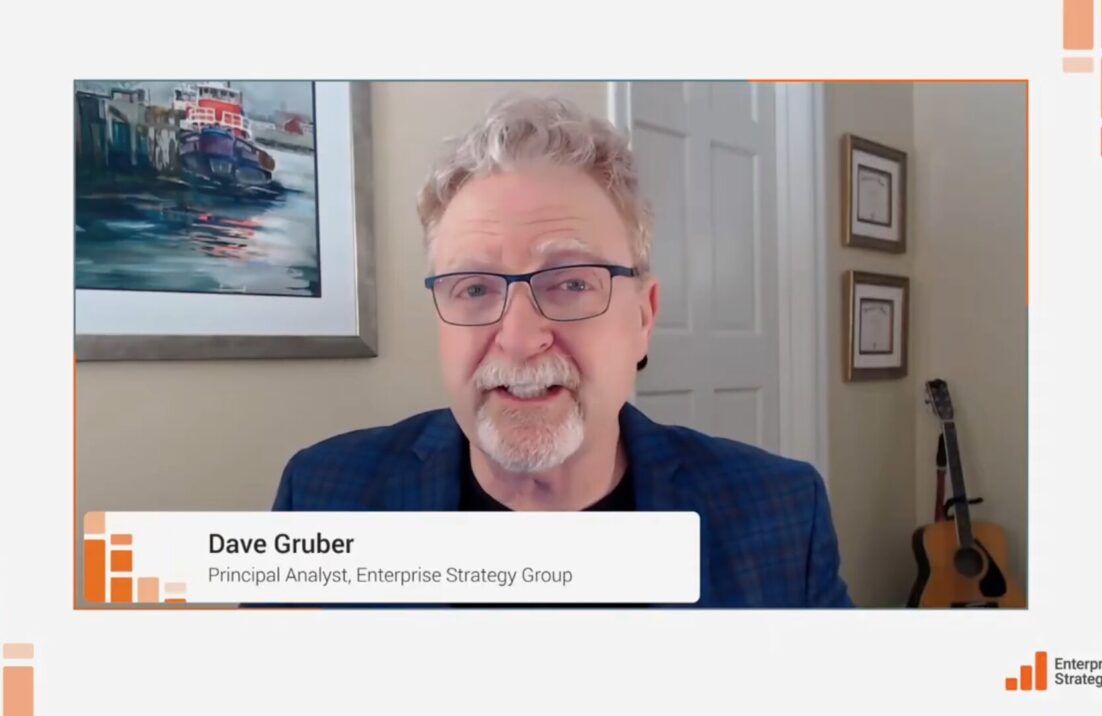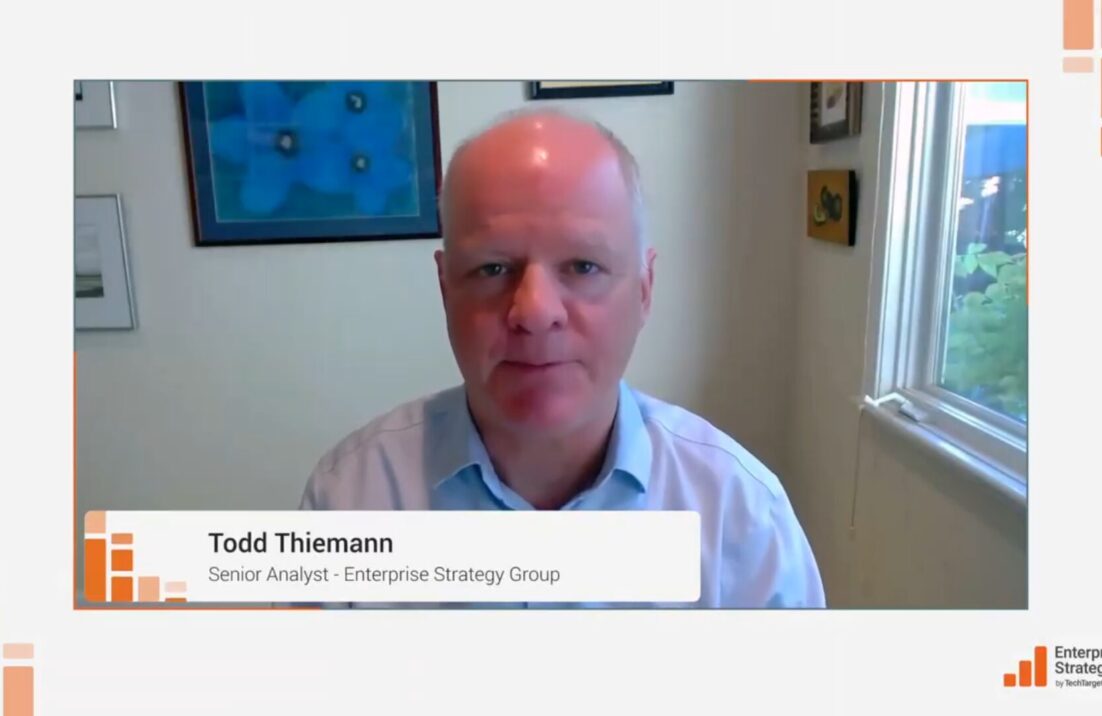Working in cybersecurity for the past 20-plus years has been satisfying because I enjoy helping enterprises to secure their infrastructure and stop bad actors from perpetrating their nefarious deeds. I also love cybersecurity because of the dynamism; the enterprise attack surface is always in flux as businesses grow and deploy new applications, adversary attacks are always changing, and cybersecurity technologies are continually evolving to counter threats. I have excelled in product marketing by understanding a problem area and distilling down to its compelling essence: why a security team should change what they are doing, why change now, and why they should use my approach to implement that change.
Understanding the customer problem, creating that sense of urgency so your problem bubbles to the top, and differentiating the solution poses an ongoing challenge to any product marketer. Enterprises have a laundry list of security challenges along with finite resources. Chief information security officers—CISOs—with constrained resources need to zero in on those projects that have the most impact and ROI. The security vendor challenge lies in cutting through the market noise with clear and concise messaging so that the problem you solve makes the short list of projects, and that your offering makes the short list of solutions being evaluated to solve a CISO’s problem.
The through line in my journey is cybersecurity product marketing—getting inside the security team’s heads, understanding their pain, and how to message around solving that pain. I have worked my way from product manager to product marketing manager to product marketing director and vice president of product marketing and vice president of marketing. I can empathize with today’s product marketing challenges because I have experienced them.
My Background
Following college, I landed at Oracle Corporation in Unix technical support, and then combined my Oracle experience with a UCLA MBA to land at Hewlett Packard Company. I had various roles at HP that exposed me to B2B marketing and the IT sales process.
My cybersecurity journey started at Trend Micro, where I started off leading field marketing in Latin America—si, hablo español!—and ended up leading the team marketing data center security products. I subsequently gravitated to smaller startups focused on data security. I landed at Vormetic, now part of Thales, where I learned about encryption and key management technology and gained an appreciation of data security complexity. There are typically tradeoffs in different vendor approaches to meeting enterprise data security requirements, and providing information to educate on those nuances for sophisticated buyers makes the difference between vendor success and failure. I then got the startup bug and led marketing at PrivateCore—a seed round startup, acquired by Facebook—working to establish a new category that is now known as confidential computing.
Cybersecurity is always changing with a frequent risk of cybersecurity myopia. Industry analysts have helped me to understand the big picture and industry trends.
Opportunity came knocking at Nok Nok Labs, a founding member of the FIDO—Fast IDentity Online— Alliance, where I learned about identity and access management (IAM) met many of the “identerati,” the experts and thought leaders that share and define the way we manage identities online. My tenure was during the early days of FIDO; it is gratifying to see how passwordless authentication has grown and passkeys are taking off.
My product marketing journey also took a plunge into the managed detection and response (MDR) space, where I was part of the product marketing team Arctic Wolf Networks, and I subsequently landed at ReliaQuest, where I was responsible for product marketing around the core ReliaQuest GreyMatter security operations platform. While the MDR managed security service provider (MSSP) space was growing exponentially, all vendors were challenged in overcoming market confusion and navigating the hodgepodge of terms describing the space—MDR, MSSP, SOC as a service, managed XDR, co-managed SIEM, and so forth.
Value From Industry Analysts
I have briefed industry analysts throughout my journey as I established and tuned my messaging, educated the market, and helped drive demand. The analyst community provides an essential perspective for both vendors and enterprises that consume vendor products. Cybersecurity is always changing with a frequent risk of cybersecurity myopia. Industry analysts have helped me to understand the big picture and industry trends. They also helped me to optimize my message and skate to where the hockey puck was going—h/t to Wayne Gretsky.
The analyst community has also helped me educate the market and generate demand for my products; enterprise customers want the insightful and credible research that analysts produce so they can understand trends, see what their peers are doing, and make informed technology decisions.
The Move to ESG
TechTarget’s Enterprise Strategy Group analysts have distinguished themselves with exceptional and discerning research and commentary. In my experience, they have represented the gold standard in what industry analysts can provide. Enterprise Strategy Group’s acquisition by TechTarget further increases their reach and influence, delivering useful research to buyers who are considering solutions. I’m very proud to join a stellar team.
I am excited to land as an industry analyst at Enterprise Strategy Group because it allows me to analyze the industry big picture. Working for a vendor requires you to dive deeply into your technology and the market, but you are seeing your slice of the market. Analysts have the opportunity to talk to all of the vendors and understand what is happening at a macro level.
While change is endemic to cybersecurity, I also found painful inertia in the marketplace. A regular occurrence when reading sales win/loss reports was seeing “decision postponed” as the most frequent reason for losing a deal. The biggest marketplace competitor at every place I worked was inertia. My frustration button lights up when reading news headlines about this data breach or that compliance fine knowing that there are solid solutions in the market that could have avoided catastrophe. The analyst research that Enterprise Strategy Group produces helps inform the market and facilitate change and improvement.
My coverage area at Enterprise Strategy Group is IAM and data security, both of which are undergoing incredible change as data proliferates and identities evolve. Exploring concepts such as identity as the new perimeter, zero-trust architectures, identity threat detection and response, privacy and data sovereignty, data security posture management, and applying generative AI across IAM and data security are a few of the reasons why my coverage area is particularly exciting. I am looking forward to reconnecting with old acquaintances and making new ones. If you are an innovator in IAM or data security, I want to understand what you are doing! You can reach me on LinkedIn or send an email to [email protected].







